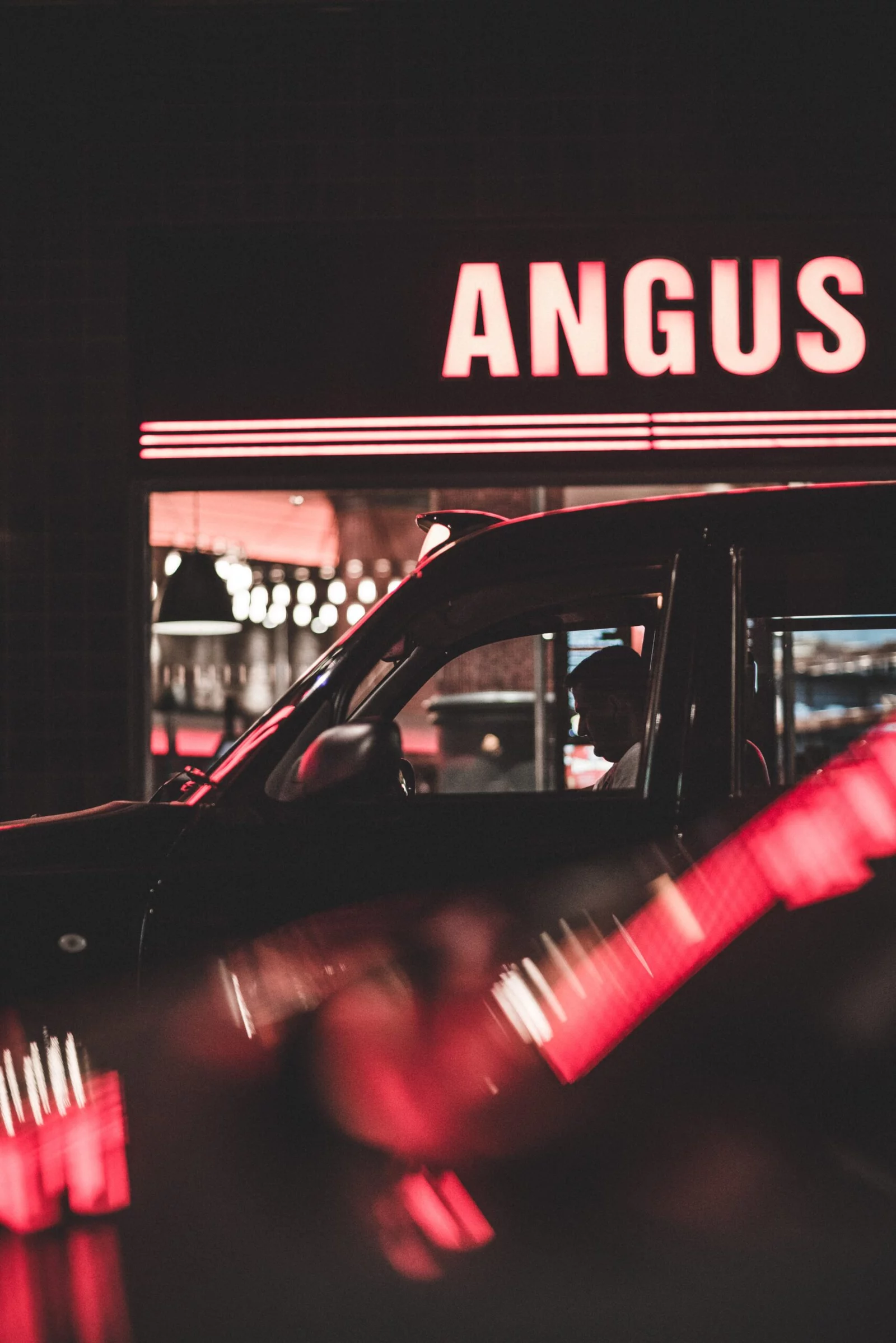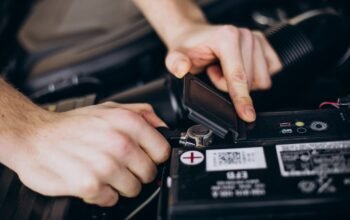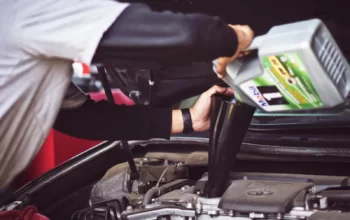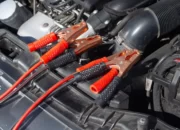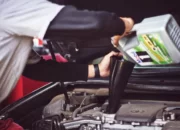Driving Responsibly: Understanding the Fine for Violating GDL Permit or Probationary License Restrictions
middleportal.com – Driving is a privilege that comes with great responsibility. In order to ensure the safety of new drivers and other road users, many states have implemented a Graduated Driver Licensing (GDL) system. The GDL is a three-stage licensing process that is designed to give new drivers increased, step-by-step instruction and driving experience on the road to obtaining a basic driver’s license. The three stages are: learner’s permit, probationary license, and regular license. Each stage has its own requirements and restrictions that new drivers must follow. Violating any of these restrictions can result in fines, suspensions, or even jail time.
Learner’s Permit
A learner’s permit is the first stage of the GDL system. It allows new drivers to practice driving under the supervision of a licensed adult driver who meets the requirements of a supervisor. To obtain a learner’s permit, new drivers must meet the minimum age requirement, pass a vision and knowledge test, and have parental or guardian consent if below a certain age. Depending on the state, new drivers may also have to complete a driver education course, a driving log, or a road test before moving to the next stage.
The restrictions of a learner’s permit vary by state, but they generally include:
- Driving only under the supervision of a licensed adult driver who meets the requirements of a supervisor
- Driving only during certain hours, usually from sunrise to sunset or from 5 a.m. to 11 p.m.
- Driving only on certain types of roads, usually excluding highways or expressways
- Driving only with a limited number of passengers, usually one or none
- Driving without any distractions, such as cell phones, music, or eating
- Driving with a visible sign or sticker that indicates the driver is a learner
- Driving with a seat belt on and maintaining absolute sobriety
The fine for violating any of the restrictions of a learner’s permit is $100. Other possible consequences include:
- Possible suspension of driving privileges
- A fine of $250–$500 and 30–90 days in jail for getting a driver’s license illegally
- A fine of $100 for violating the curfew restriction of a GDL permit
Probationary License
A probationary license is the second stage of the GDL system. It allows new drivers to drive without supervision, but with certain restrictions that are gradually lifted over time. To obtain a probationary license, new drivers must meet the minimum age requirement, hold a learner’s permit for a minimum period of time, and pass a road test. Depending on the state, new drivers may also have to complete a driver education course, a driving log, or a hazard perception test before moving to the next stage.
The restrictions of a probationary license vary by state, but they generally include:
- Driving only during certain hours, usually from 5 a.m. to 11 p.m. or from 6 a.m. to midnight
- Driving only with a limited number of passengers, usually one or none, unless accompanied by a licensed adult driver who meets the requirements of a supervisor
- Driving without any distractions, such as cell phones, music, or eating
- Driving with a seat belt on and maintaining absolute sobriety
- Driving with a visible sign or sticker that indicates the driver is a probationary licensee
The fine for violating any of the restrictions of a probationary license is $100. Other possible consequences include:
- Possible suspension of driving privileges
- Double points for second and subsequent point convictions
- A fine of $100 for violating the curfew restriction of a GDL permit
Regular License
A regular license is the final stage of the GDL system. It allows new drivers to drive without any restrictions, except for the general rules of the road that apply to all drivers. To obtain a regular license, new drivers must meet the minimum age requirement, hold a probationary license for a minimum period of time, and complete the first renewal. Depending on the state, new drivers may also have to pass a vision test, a knowledge test, or a road test before obtaining a regular license.
The fine for violating any of the general rules of the road is determined by the type and severity of the violation. Some common violations and their fines are:
- Speeding: $50–$200, plus $5 for each mile per hour over the limit
- Running a red light or stop sign: $85–$140
- Failing to yield: $85–$140
- Failing to signal: $85–$140
- Driving under the influence: $250–$1,000, plus possible suspension, jail time, and ignition interlock device installation
Conclusion
The GDL system is a proven way to reduce the crash risk of new drivers by providing them with gradual and supervised exposure to driving. However, new drivers must follow the restrictions of each stage of the GDL system or face fines, suspensions, or even jail time. By obeying the rules of the road and driving safely, new drivers can enjoy the freedom and convenience of driving while protecting themselves and others.
